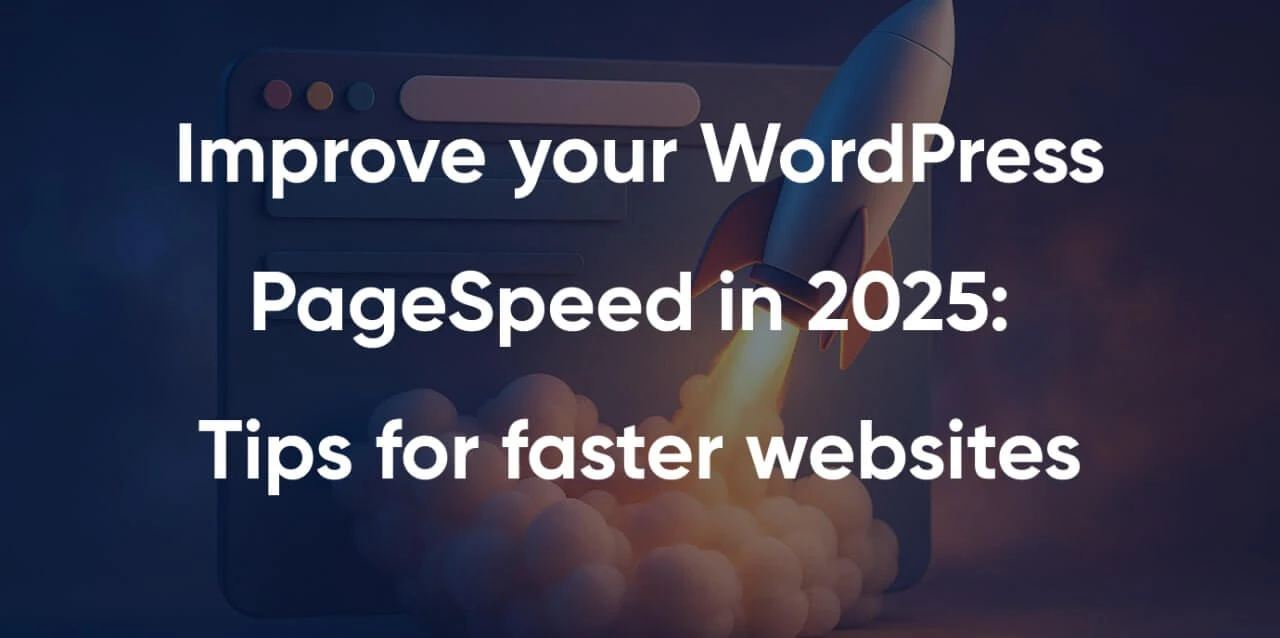
Trends shift. Yesterday’s loud, heavy pages gave way to lean, fast experiences users actually trust. In 2025, speed decides who gets seen and who gets skipped. Focus your WordPress site on Core Web Vitals, LCP, INP, CLS, tested on real mobile conditions.
Benchmark the right way
- Start on phones: to improve WordPress PageSpeed and speed up your WordPress site, test on throttled 4G, not desktop.
- Use PageSpeed Insights + Lighthouse; sanity-check with WebPageTest.
- Track Core Web Vitals and TTFB across home, blog, PDP, checkout.
- Set a simple performance budget and log changes.
- WooCommerce: watch cart fragments and checkout; note HTTP/3 and CDN caching/APO in your results — bedrock for WordPress speed optimization.
To learn more about optimization or to order website acceleration services, follow the link.
Quick wins most sites ignore
- Caching. Pair server cache with page cache, then add object caching (Redis) for dynamic views. Exclude carts/admin, set sane TTLs, and purge on content changes.
- Images. Serve WebP/AVIF, resize on upload, and lazy-load below the fold. Always set width/height to avoid layout shifts and improve CLS.
- JavaScript. Defer/async non-critical code, delay third-party until interaction, and remove unused bundles. Split long tasks and trim JS execution to lift INP.
- CSS. Inline critical CSS for above-the-fold, purge unused styles from theme/builds, and avoid blocking @import. Minify and group where possible.
- Plugins. Fewer is faster. Remove duplicates/overlap and selectively load per route (asset manager or MU plugin) to cut unused CSS/JS.
- Database/autoload. Clear transients, trim autoloaded options, index heavy tables, and schedule routine maintenance (WP-CLI).
WooCommerce specifics
These changes alone Improve WordPress PageSpeed (2025), speed up your WordPress site, and deliver practical WordPress speed optimization without a redesign.
WooCommerce is dynamic, so tune the big levers first for fast, smooth sales.
- Enable persistent object cache (Redis/Memcached).
- Reduce cart fragments; disable them on non-cart pages.
- Cache catalogue/search where safe; cap unbounded “related products” queries.
- Checkout: minimal scripts, inline critical CSS, defer non-essentials.
- Preconnect to payment and CDN/image domains to cut TTFB.
Done right, you’ll lift INP/LCP, steady CLS, and speed up your WordPress site—especially checkout—without hurting conversions.
Hosting & stack upgrades
Start by upgrading to PHP 8.3/8.4 with OPcache and a current database (MySQL 8 or MariaDB 10.11+). Serve the site through Nginx or a well-tuned Apache with FastCGI cache. Enable Brotli, TLS 1.3, and HTTP/3. Put a global CDN in front and cache at the edge with sensible TTLs; for WordPress, APO-style full-page caching can help. Deploy via staging and CI instead of straight to production, and let the edge handle automatic image optimisation. Finally, choose a managed host that shows real metrics (TTFB, CPU, slow queries) and supports Redis.
Keep your site fast
- Give editors a performance checklist: image dimensions, compression, embeds, and plugin use.
- Monitor with RUM and PageSpeed Insights; review monthly and after big releases.
- Enforce budgets in CI, and test key templates before campaigns or seasonal traffic spikes.
If your site is slow, you’re losing visitors and profits. Keep it fast to keep business healthy.

